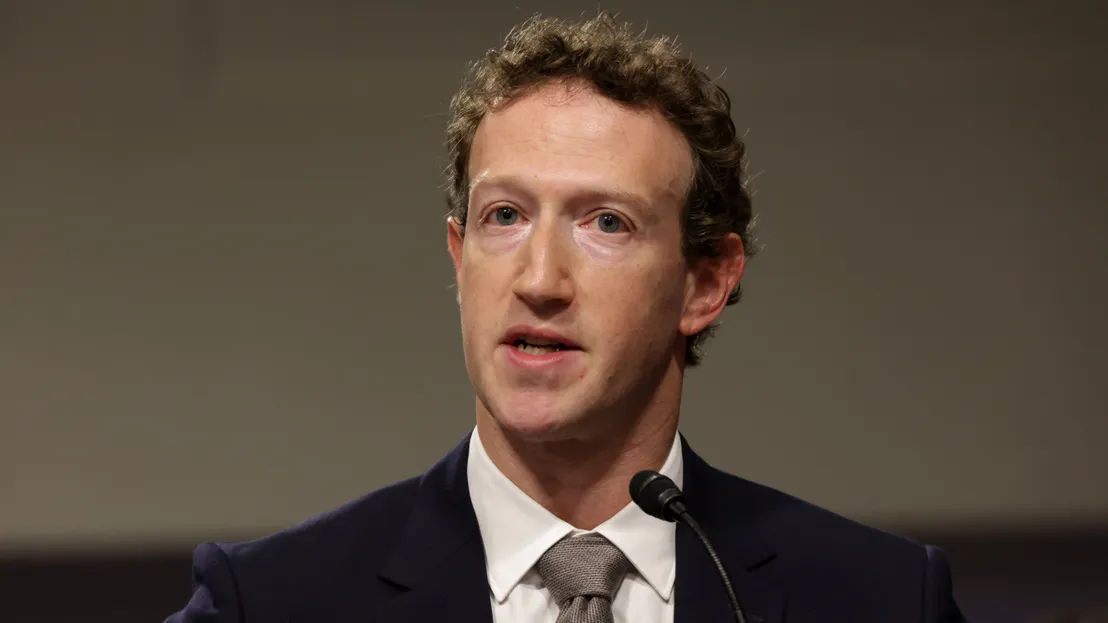

Jensen Huang’s Journey to Dominating the AI Industry
From a modest three-person startup focused on graphics chips in the 1990s, Nvidia, under Jensen Huang’s leadership, has grown into a powerhouse at the forefront of AI processing technology. The company’s ascent is detailed in The Nvidia Way, a new book by veteran tech journalist Tae Kim, chronicling its remarkable three-decade journey.

The Birth of Nvidia: A Visionary Beginning
In 1993, Jensen Huang, along with co-founders Curtis Priem and Chris Malachowsky, launched Nvidia during a boom in demand for graphics chips. Despite initial struggles, including the failure of their first product, the NV1, Huang’s leadership propelled the company forward.
Huang recalls the challenges of those early years: “When we were young, we were bad at a lot of things. Nvidia could have done better if I hadn’t been there for the first five years.” Despite setbacks, the release of the RIVA 128 in 1997 marked Nvidia’s first significant success, albeit one followed by years of highs and lows.
Huang’s determination to reshape Nvidia’s approach led to a pivotal decision: reorganizing the engineering department to meet the fast-paced demands of the market. “We decided we had to restructure our engineering department to fit the new roadmap,” Huang said. This strategy, described by him as “moving at the speed of light,” revolutionized the chip industry and set a new standard for innovation.

The Innovator’s Mindset: Embracing Change
Huang’s obsession with The Innovator’s Dilemma, a concept by professor Clayton Christensen, played a significant role in shaping his leadership style. The theory emphasizes how large companies often fail to adapt to disruptive changes, a fate Huang was determined to avoid.
“The only thing that will last longer than our product is sushi,” he joked, underscoring his belief in constant reinvention. Huang’s reliance on erasable whiteboards symbolized this philosophy: no matter how successful an idea, it must eventually be replaced by something better.
The GPU Revolution: A Turning Point
In 2003, Nvidia introduced a game-changing innovation: the graphics processing unit (GPU). This product not only elevated the GPU to the same level as the central processing unit (CPU) but also laid the groundwork for Nvidia’s future dominance.
Initially, the potential of the GPU extended far beyond graphics rendering. “The GPU was really cutting-edge, and we stumbled upon something,” said Nvidia scientist David Kirk. The research team discovered that GPUs could handle complex problems, including supporting artificial intelligence systems.

Pioneering AI with CUDA and Partnerships
Recognizing the growing importance of AI, Huang declared in 2012 that it must become Nvidia’s top priority. However, this vision was years in the making, starting with the development of CUDA (Compute Unified Device Architecture) in 2007.
CUDA transformed GPUs into versatile tools for general-purpose computing tasks. By simplifying GPU programming, CUDA enabled developers to use GPUs for scientific research, engineering, financial modeling, and, most importantly, artificial intelligence. This innovation positioned Nvidia as a leader in AI development.
To further strengthen its foothold in AI, Nvidia invested in grants, joint ventures, and university partnerships, fostering a decade-long commitment to advancing AI research.
The ChatGPT Boom: Nvidia’s Big Bang Moment
Nvidia’s long-term strategy culminated in a watershed moment with the launch of ChatGPT in late 2022. The sudden surge in demand for AI-powered solutions catapulted Nvidia to unprecedented heights, making it the most valuable company in the world by 2023.
While many were stunned by Nvidia’s rapid rise, Tae Kim argues in The Nvidia Way that the company’s success was inevitable, given its culture of excellence and Huang’s visionary leadership.

Jensen Huang’s Leadership Style: A Blueprint for Success
Huang’s leadership has been instrumental in Nvidia’s success. Known for his charisma and relentless work ethic, he emphasizes hiring the best talent and fostering a collaborative environment.
“You need a company that is big enough to do the job well, but the structure has to be as small as possible,” Huang stated. He believes that a flat organizational hierarchy encourages accountability and innovation among employees.
The Future of Nvidia
As Nvidia sits atop the AI industry, questions remain about its long-term trajectory. “What happens when he and the company ‘break up’?” Kim asks, hinting at the challenges Nvidia might face in a post-Huang era.
For now, Nvidia’s position is unassailable, bolstered by a culture of innovation and a leader who refuses to rest on his laurels. As the tech landscape evolves, Nvidia’s journey serves as a testament to the power of adaptability, vision, and relentless pursuit of excellence.


















